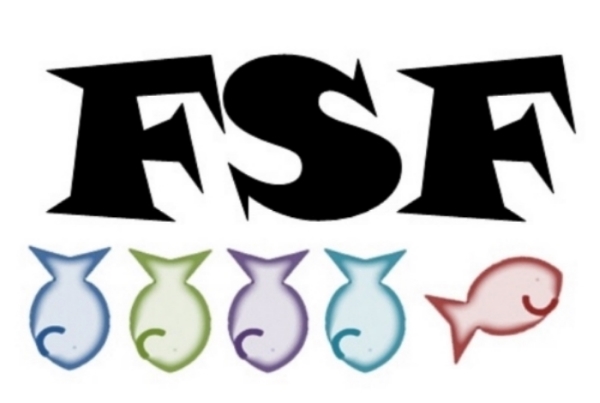Brief History: The oldest version of this tale is a really disturbing Italian story called The Sun, the Moon, and Talia. Forget the gore of Grimm. Forget the petty villains of Perault. This is the worst of them. Readers beware. The Sun, the Moon, and Talia is about a young woman cursed by a piece of flax from a spindle which puts her into a death sleep. Sounds familiar so far, right. Then, a king shows up and is enchanted by her beauty. Still sounds like Sleeping Beauty, right. The king then, in the throws of lust and an obvious need to be thrown in jail, rapes her and leaves! Talia gives birth to twins which manage to suck the flax seed from her finger, thus waking her up. Then the necrophiliac returns, finds his victim awake with two kids, and decides he wants them to be his secret family. Problem is that he’s already married. His wife tries to murder Talia and the kids, only to be killed herself by the king (my question is, why not just kill the king? He’s the worst part of this!). Eventually, the French got ahold of this story and Talia is changed to some variant of Rose, the king is changed to a prince, and the king’s wife into an Ogre mother-in-law who tries to eat Sleeping Beauty and their two kids. The Germans then shortened it further, ending the story with the kiss and everyone waking from a century long nap to wonder why the prince would kiss a sleeping stranger who was probably covered in dust.
Analysis: I am going to focus on the later, less upsetting versions in order to make my defense. Sleeping Beauty usually tells of a girl who has been sheltered with little control in her own life. Her parents never seem to trust her enough to just tell her that she’s cursed. Her pricking her finger is a direct result of their lack of faith that she could handle the information in the first place. Remember, parents. Talk to your kids about sleeping curses before it’s too late.
Blame it on the Victorians: Honestly, I’m just going to leave this one alone. Victorians want to switch out the full-on awful of the earliest versions for a non-consensual kiss, that’s fine. It's not great, but it's fine.
Last thoughts: I need a Disney movie.
*If you want know any of the places where some of my research comes from, just contact me.

